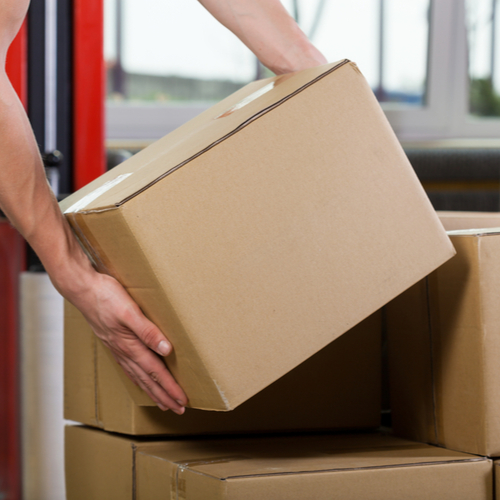The purpose of packaging is obvious: to ensure the contents of your shipment are undamaged and unspoiled during transport. However, the consequences of broken or rotten products are often underestimated. Unless swiftly addressed, these mistakes can create costly returns and reshipments, which irritate and inconvenience customers. Too many snafus also interrupt and add cost to a client’s business and could ultimately cause patrons to buy elsewhere.
To avoid these serious issues and keep consumers happy, here are some important tips to safely package your products.
The Shipping Container
Corrugated shipping boxes must be durable enough to securely hold the contents and handle whatever conditions the package may undergo during transport. Heavy, valuable and fragile products are safer in double-wall corrugated containers or FOL (full overlap) boxes. Alternatively, heavy-duty corrugated and/or coated corrugated are good options if the package will be exposed to moisture.
Cushioning Materials
Luckily for customers, there are numerous cushioning materials and inner-package designs that can protect contents from damage due to external impact or shifting within the box. Layers of cell partitions interwoven with chipboard are a good choice for small products, such as hardware or glass containers. Securing products in bubble wrap or flexible foam works extremely well for keeping items in place and absorbing any shock.
Filling Empty Space in the Box
To prevent items from shifting, it may be necessary to fill the entire box. Ideally, you would choose a container that is an appropriate size for the item being shipped. However, if a box is too big, it could require more void-filling material, which might add quite a bit to the cost. Padding options include flowable “peanuts,” dunnage paper, inflatable air bags and bubble and flexible foams. When selecting a stuffing, consider your customers’ preferences.
Box Closure
So, you’ve chosen the right container, cushioned the contents and filled any empty space. Your package should be delivered in one piece, right? Not quite yet. If you make a mistake sealing the box, your items will be far from safe. It is critical to use a shipping tape that has reliable, aggressive adhesive. Make sure the seal is perfectly centered between the box flaps and bring the “legs” of the tape 2”-3” down each side of the box. Taping equipment is often used to ensure this important step is accomplished properly and consistently.
Labeling
Avoid excessive labeling on the box — it will only serve to confuse the shipping company and the customer. Clearly indicate the destination and protect the address label by applying tape over it. Special labels for instructions such as “This Side Up” or “Fragile” should also be used whenever rough or inattentive handling is an issue.
Additional Packaging Safety Items
Some packaging applications require customized or special packaging materials, such as corner and edge protectors for palletized shipments, cohesive films for delicate surfaces, triple wall corrugated boxes, tamper-evident packaging, labeling for GPS tracking and insulated containers for temperature control. Food and beverage items, electronic components, glass products and many other items require an extra degree of safety to minimize damage.
GWC Packaging is one of the leading packaging equipment and supplies specialists in the industry. For more packaging safety tips, please contact the experts at GWC Packaging.
